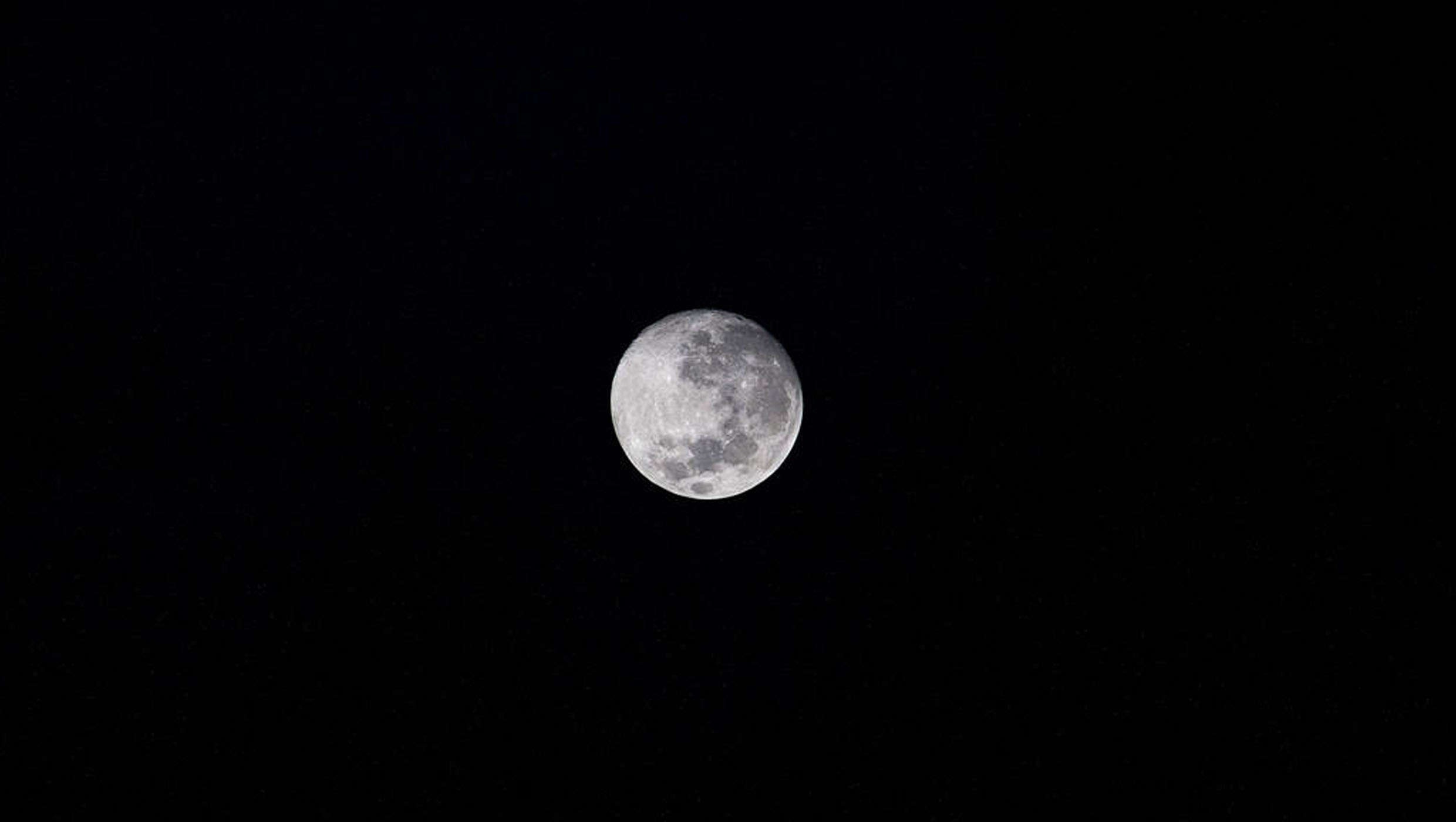Create a free profile to get unlimited access to exclusive videos, sweepstakes, and more!
Is our Moon’s long-lost twin stalking Mars?

Mars is being stalked—not just by humans who have their eye on for future missions and potential off-Earth colonies—but by another space rock.
This asteroid is much smaller than the Red Planet. Otherwise known as a Trojan, it follows a planet’s orbit because it is gravitationally trapped 60 degrees ahead or behind of that planet. It could have possibly broken off from the Moon when intense collisions were still shaping the early solar system. An international team of astronomers and planetary researchers at Armagh Observatory and Planetarium (AOP) in Northern Ireland observed it with the Very Large Telescope’s X-SHOOTER spectrograph. X-SHOOTER (which totally sounds like Star Wars tech that belongs on an X-wing) revealed something strange.
Turns out that despite trailing Mars, asteroid 101429 seems to share DNA with the Moon. Further study will tell whether it actually is a shard of the moon that broke off during a massive crash billions of years ago. It could have come from Mars or the Inner Main Belt of asteroids. However, X-SHOOTER measured its brightness at different wavelengths of light that showed its spectral profile. The research team, led by astronomer Apostolos Christou, who recently led a study published in Icarus, realized that its spectral DNA had more in common with the Moon than anything else.
“Asteroids shine by reflected sunlight, so the profile determined by X-SHOOTER will always show the spectrum of the Sun,” Christou told SYFY wire. “But astronomers can account for that and come up with a profile that is characteristic of the asteroid that produced it. This can then be used to compare the asteroid with other asteroids, meteorites or even planetary surfaces.”
What kind of minerals are present on an asteroid’s surface can be determined by their various colors, which is why spectral profiles can give away where that piece of cosmic debris came from, but that isn’t always easily found out. Sometimes they share DNA with more than one other object. The spectrum of 101429 showed high levels of pyroxene, which is common on planet-sized objects. The Moon’s surface has an abundance of pyroxene. Most of it is found in walls and craters, but this mineral also exists in smaller but still substantial quantities on Mars, but Mars has the amount of pyroxene it does because it is much larger than the Moon.
The Mars suspicion was stronger when 101429 was more closely associated with the other Trojans it was related to, the Eureka family. The problem is that their chemical compositions don’t match. 101429 is rich in pyroxene, while the Eureka asteroids contain high amounts of olivine. This is indicative of their origin from what must now be a planetary mantle. Olivine is usually found in the innards of a planet, deep within the mantle, while pyroxene tends to hang out in the crust. Christou believes there is another reason that a Martian origin could be possible.
“An origin of this asteroid from Mars is also appealing, in the sense that it takes less energy—therefore a smaller impactor—to hurl the asteroid from Mars to its Trojan clouds than it is to bring it in all the way from the Moon,” he said.
Mars has a crater that could betray the origins of 101429. Its Borealis Basin is almost as wide as the entire planet, and anything that was ejected from the collision that left a crater behind in that location would have made it easy for the debris to make it to where 101429 is now.
That still doesn’t rule out the Moon. What planets and other bodies are made of has to do with what materials are available in the area where they form. The Moon and Mars are mostly made of the same stuff, and even though the amounts vary, this means that they formed about the same distance from the Sun. Trojans are provoke so much scientific curiosity because they are relics from the early phases of the solar system when larger planets and moons form. There have been a few Martian Trojans found closer to the Sun, which should be understandable seeing as how their composition says that they must have formed around the same area.
“Close to the Sun, water and other volatile substances do not exist in solid form, and all you have to make planets is rock and metal,” Christou said.
So is there an ultimate way to prove whether 101429 is a disembodied piece of the Moon or Mars? More data is needed before that can happen. The only way to be sure is to measure its composition directly or sending out a spacecraft to capture a sample and bring it back to Earth. Upcoming telescopes more powerful than anything we have now, such as the James Webb Telescope and the Vera C. Rubin Observatory, could beam us that information, and GAIA might be able to see something in the meantime.
For now, it looks like Mars has a fan base.


























